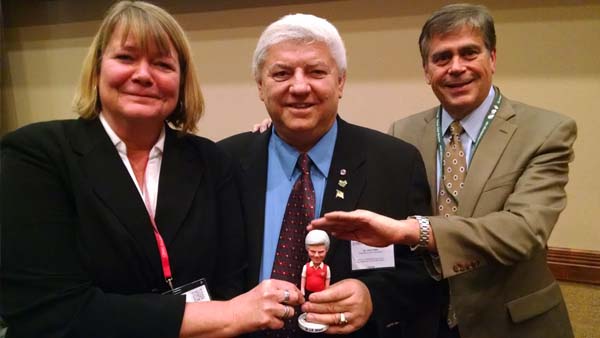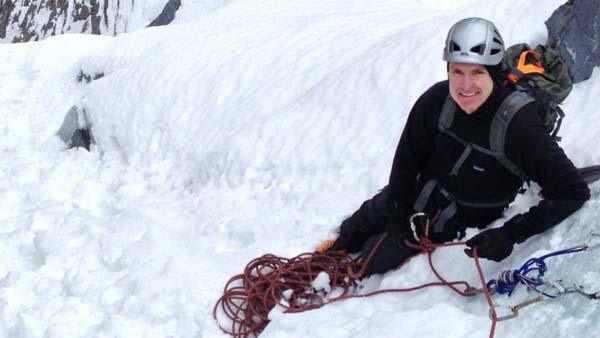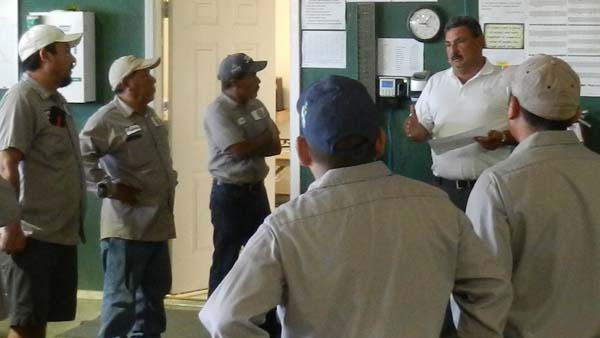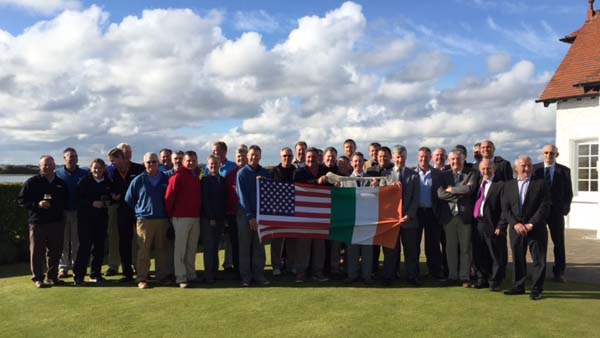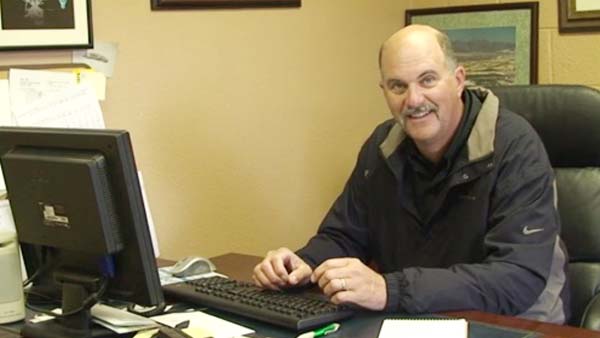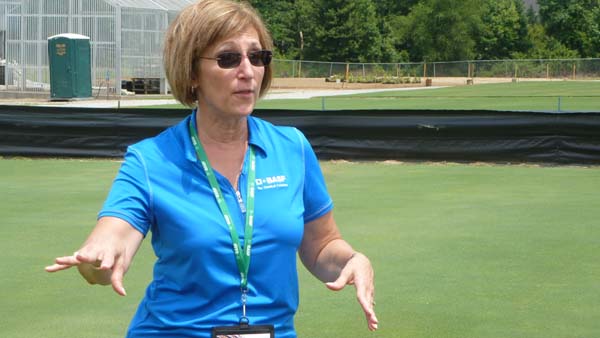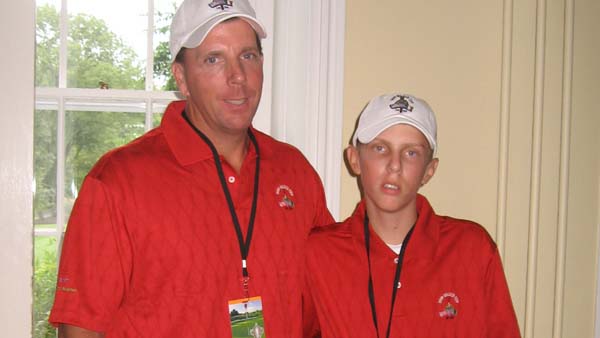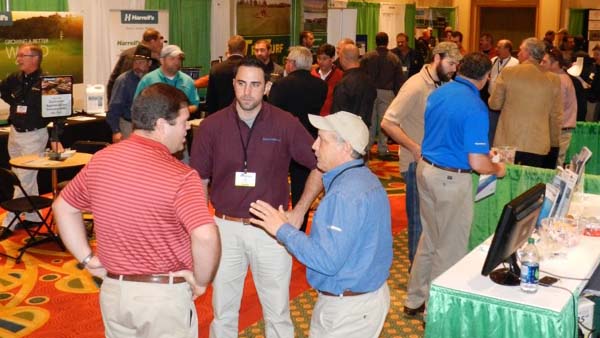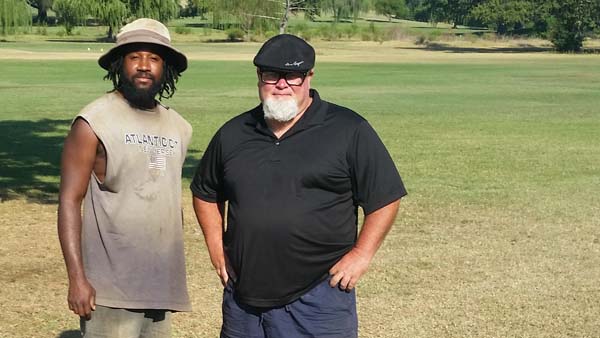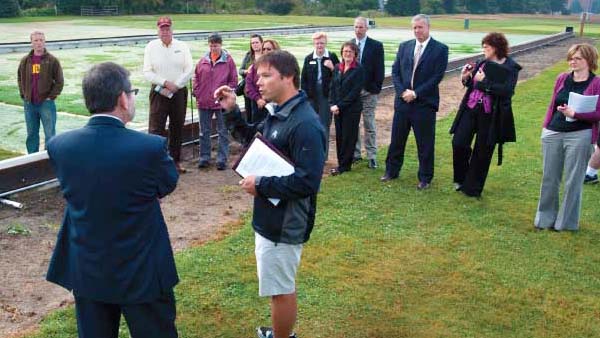
News and people briefs
By John Reitman, in News,

DryJect has named Jeffrey Broadbelt and Thomas van Drumpt to its management and business development team. A former superintendent and golf course owner, Broadbelt served as head superintendent at Chester Valley Golf Club where he was responsible for course preparation for a Senior Tour event and as president and partner at Agrostis Golf Management, where he owned and operated several golf facilities. Most recently he was general manager at Broad Run Golf Club. Thomas van Drumpt is joining DryJect to help manage and develop the company's web and social media efforts. Van Drumpt has been working with DryJect as a machine operator periodically since 2002. He has a BS in Business Administration from The College of New Jersey, and a MS in Environmental Science from Mid Sweden University.
Profile expands portfolio with acquisition
Profile Products recently acquired the erosion control and landfill cover business of Central Fiber. The deal closed Oct. 20. Terms were not disclosed. The deal does, however, supplement Profile's product portfolio with Central Fiber's Second Nature and Enviro Fiber hydraulic mulches. Profile already makes Flexterra HP, ProMatrix and Base mulch hydroseeding solutions for erosion control. Profile's product line also includes technologies for golf course construction and maintenance, sports field conditioning, vegetation establishment and landscaping. Advanced Turf acquires Midwestern distributor
Advanced Turf Solutions recently acquired AgroLogics, a regional green industry distributor serving Missouri and Illinois. Founded in 2001, Advanced Turf Solutions is an independent green industry distributor offering products for the turf, ornamental and aquatics markets. The acquisition will help the company expand its reach in the Midwest. The company serves customers in Ohio, Indiana, Pennsylvania, West Virginia, Kentucky and Tennessee. Agro-Logics will continue to operate as a distinct brand through the end of the year and will be relabeled as Advanced Turf Solutions in January.
- Read more...
- 2,918 views

